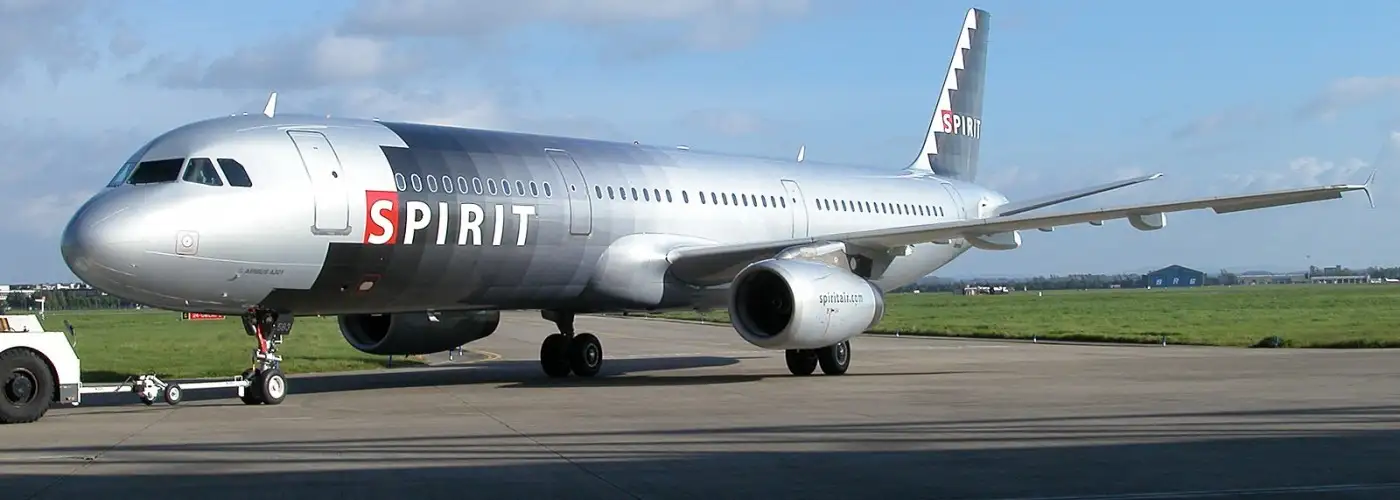Put away your calculator. If the Department of Transportation (DOT) gets its way, flyers befuddled by deceptively low advertised airfares—which can surge by about 20 percent when all extra fees and charges are added—will fret over fare fine print no more.
On Wednesday, the DOT slapped a $60,000 fine on AirTran Airlines for breaking rules that protect flyers against deceptive fare advertising. According to a press release on the DOT website, AirTran plugged prices as low as $59 each way last fall but failed to provide information detailing the amount of applicable taxes and fees that passengers must pay. The words “additional fees apply” appeared on the ad, but AirTran didn’t disclose the amount of those fees, thus violating DOT rules.
Under current DOT regulations, airlines must show the entire price to be paid when advertising fares, including mandatory government taxes and fees. Still, the fare you see at first glance typically isn’t the exact amount you’re going to shell out when you buy your ticket. In most cases, the airlines place an asterisk next to advertised fares, which accompanies a footnote detailing additional charges. However, this may change in just a few weeks.
Starting January 26, the Department of Transportation’s new truth-in-advertising regulations take effect. These rules, which were announced last April along with a series of other passenger protection regulations, state that airlines must include all mandatory government taxes and fees in advertised ticket prices. In other words, carriers will have to ditch the asterisk and show the full price to be paid when promoting fares. Optional charges like baggage fees or meal costs don’t have to be included in fares, but these extra costs must be clearly displayed on airline websites, according to the new rules.
In a statement on the DOT website, U.S. Transportation Secretary Ray LaHood said, “Consumers have a right to know the full price they will be paying when they buy an airline ticket. We will continue to take enforcement action when our airline price advertising rules are violated.” Nevertheless, not all of the airlines agree with LaHood. Three low-cost domestic carriers—Spirit Airlines, Allegiant, and Southwest—are attempting to block the DOT’s new policy in federal court. The suit is currently pending in the U.S. Court of Appeals.
We’re not surprised that these low-cost carriers are raising the hue and cry. After all, there’s money to be made in ambiguous airfare marketing. According to The New York Times “Spirit has built its business around advertising $9 fares, then charging additional fees for checked and carry-on bags, advance seat assignments, and now a ‘passenger usage fee’ of up to $17 each way for tickets booked online.”
A recent search on the Spirit Airlines website turned up fares from Atlantic City to Fort Myers for as low as $34 each way ($68 round-trip)—before taxes, that is. At the booking window, the airline tacks on $55.58 in additional charges (including a $33.98 passenger usage fee)—an increase of about 82 percent. To make matters even pricier, you’ll have to join Spirit’s $9 Fare Club to snag the $34 base fare, a membership that costs $59.95 annually.
While some airlines—like fee-frenzied Spirit—are fighting the DOT’s new rules, a few overseas carriers are quietly complying with the soon-to-be-enacted regulations. Bill Mosley, a Department of Transportation spokesperson, told us that all airlines selling tickets within the United States, including international carriers, must comply with the full-fee fare rules. And some already are. Several European carriers, such as Aer Lingus and Lufthansa, already have begun displaying ticket prices that include all taxes and fees.
Why roll out full-fee fares ahead of time? It’s simple: These airlines are accepting the new regulations and giving the passengers what they want. A press release issued by Lufthansa states, “The shift comes in response to recent conversations with customers through various social media channels such as Facebook and Twitter, which responses indicate that the public wants immediate access to final ticket prices when researching fares.” Similarly, Aer Lingus spokesperson Declan Kearney told us in an e-mail that the airline introduced fee-inclusive fares in order to boost transparency for flyers.
In an effort to avoid DOT-issued fines and placate customers, some airlines have chosen to abide by pending regulations, saving us all a bit of trouble (and a bit of math) when booking plane tickets. This is quite refreshing in contrast to the low-cost carriers that are fighting the full-fare advertising rules in court, which, in all honesty, seems like a waste of U.S. tax dollars. If flyers want to know how much they’re going to have to pay for a trip upfront, why not just tell them?
What do you think of the new rules? Please share your thoughts in the comments below.
We hand-pick everything we recommend and select items through testing and reviews. Some products are sent to us free of charge with no incentive to offer a favorable review. We offer our unbiased opinions and do not accept compensation to review products. All items are in stock and prices are accurate at the time of publication. If you buy something through our links, we may earn a commission.
Related
Top Fares From
Today's Top Travel Deals
Brought to you by ShermansTravel
Shop and Save with Country Inns...
Patricia Magaña
 Hotel & Lodging Deals
Hotel & Lodging Deals
$229 -- Chicago: Discounted Rates and...
Francesca Miele
 Hotel & Lodging Deals
$229+
Hotel & Lodging Deals
$229+
$188 -- Honolulu: Save on Oceanview...
Abigail Lamay
 Hotel & Lodging Deals
$188+
Hotel & Lodging Deals
$188+




